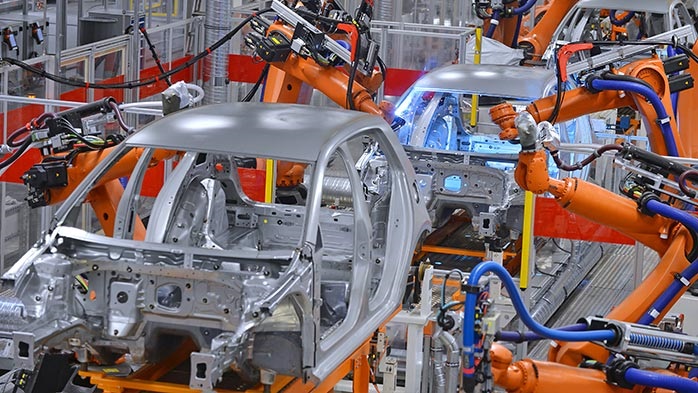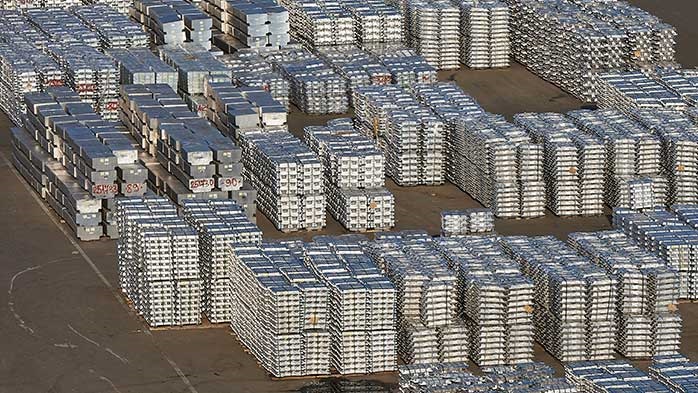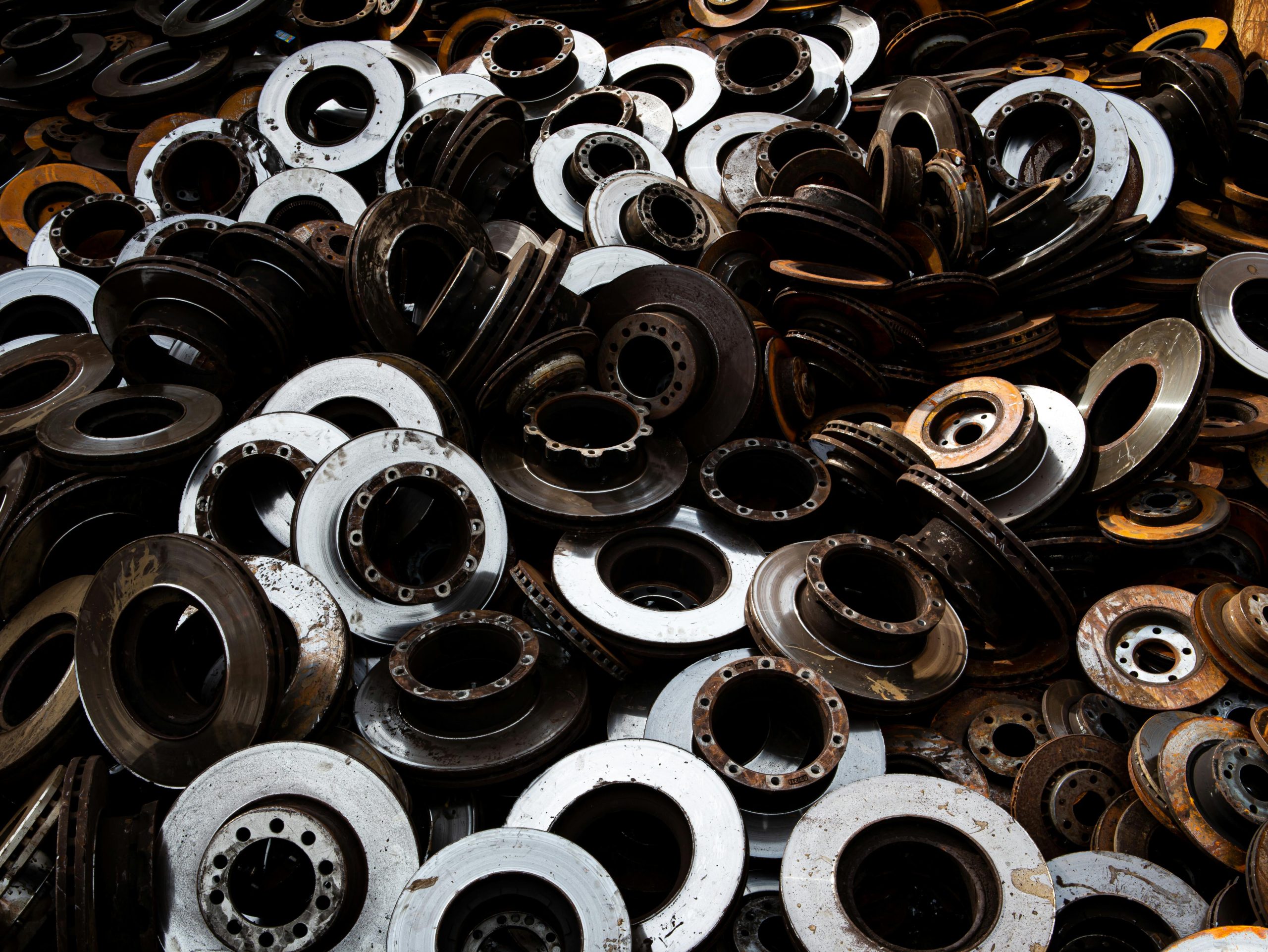Case Studies

May 6, 2025
Buried in the footnotes: Overlooked numbers that mattered in earnings season
Written by Nicholas Bell
Constellium, Kaiser Aluminum, Hydro Extrusions (part of Norsk Hydro), and Granges all reported 1Q 2025 results.
With earnings season largely behind us it’s time to move past the headline numbers and into the filings – where a few key items across major downstream players deserve closer scrutiny.
While the Securities and Exchange Commission mandates certain disclosures, most companies tend to emphasize the positive. Top- and bottom-line growth looked healthy, but buried in the footnotes were a few telling signs of strain.
Constellium’s cash conundrum
In Constellium’s statement of cash flows, separate from the balance sheet and the income statement, sits a $69mn outflow for inventory purchases, up from a $16mn drawdown in Q1 2024. The stockpiling came during inflated LME settlements and Midwest premiums, inflating inventory value on the balance sheet. That restock at higher metal prices implies thinner margins on future sales, especially once higher-cost inventory works through the system. Thanks to pass-through clauses with customers, Constellium’s top-line revenue benefited from higher exchange prices, but the cash outflow displays the other side of the trade-off.
Kaiser’s accounting shuffle
Kaiser’s 5% drop in quarterly shipments was partially offset by a higher average realized price that led to 5% revenue growth. The company scrapped their “Last In, First Out” (LIFO) accounting method in favor of a weighted average cost (WAC) method. The change shifted $33.2mn out of their cost of goods sold and converted what would’ve been a $3.7mn loss under LIFO into a $21.6mn profit. Kaiser also noted a $4.6mn gain from hedged shipments in contrast to $3.5mn in losses during Q1 2024. What does this mean? It means the underlying profit this quarter was mostly the result of an accounting change and favorable hedging – without them, earnings would have been flat or even negative.
Hydro’s margin crunch
Hydro Extrusions, the extrusion operating arm of Norsk Hydro, is a little more monolithic because of the breadth of end markets the company serves. Hydro Extrusions’ North American deliveries dipped by 4% year-over-year. Weak demand from the transport and commercial vehicle market has led to a stagnation of extrusion sales in North America, for multiple years now, and build rates likely aren’t getting any better for the remainder of the year.
The broader issue is once you pull away the consolidated year-over-year margin expansion of 76% and focus on the extrusion side of the business… EBITDA margins compressed by 18%. The company did cite “decreased margins from recyclers” and robust scrap prices, not only has it not translated to higher capacity utilization of said scrap. An unrealized derivative loss on LME related contracts totaling more than $100mn (compared to a $5mn gain last year) further suggests a possible mismatch between contract timing on sales volumes and market pricing for input costs.
Granges’ paper tiger
Granges might’ve had the easiest narrative to tell – deliveries rose by about 25% – but that headline number masks the true story. A big part of the lift was its’ acquisition of a rolling mill in the Shandong province of China in Q4 2024. Considering the mill’s production capacity lifted the company’s total capacity by about 31%, a 24% jump in shipments points to a drop in shipments across existing assets.
Furthermore, U.S. operations tell an even different story. U.S. deliveries of automotive products dropped by around 15%, offset by HVAC sector shipments 18% increase.
Conclusion
Rising exchange rates did much of the heavy lifting for sales growth across all these companies in the first quarter, masking some underlying pressures.
While the headline numbers may look robust, here’s what we think you should be watching closely in the months ahead.








